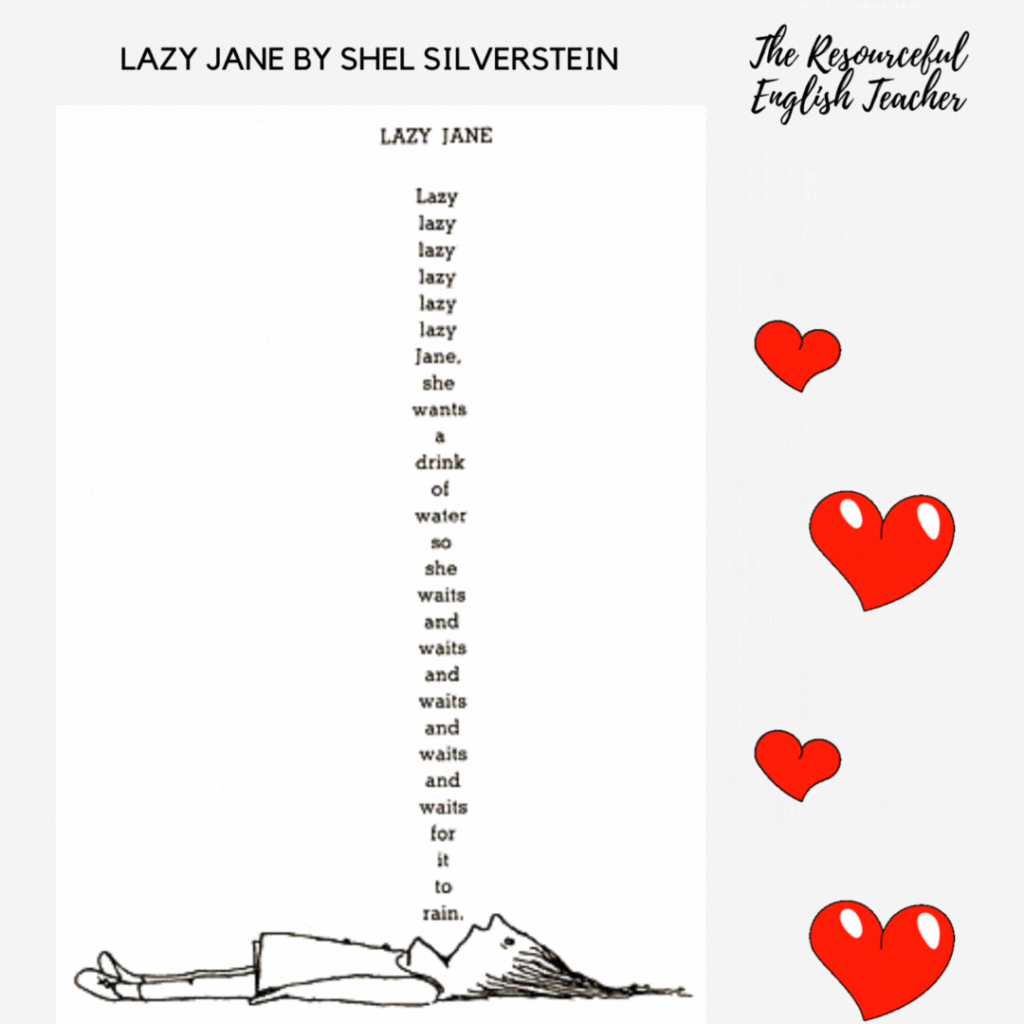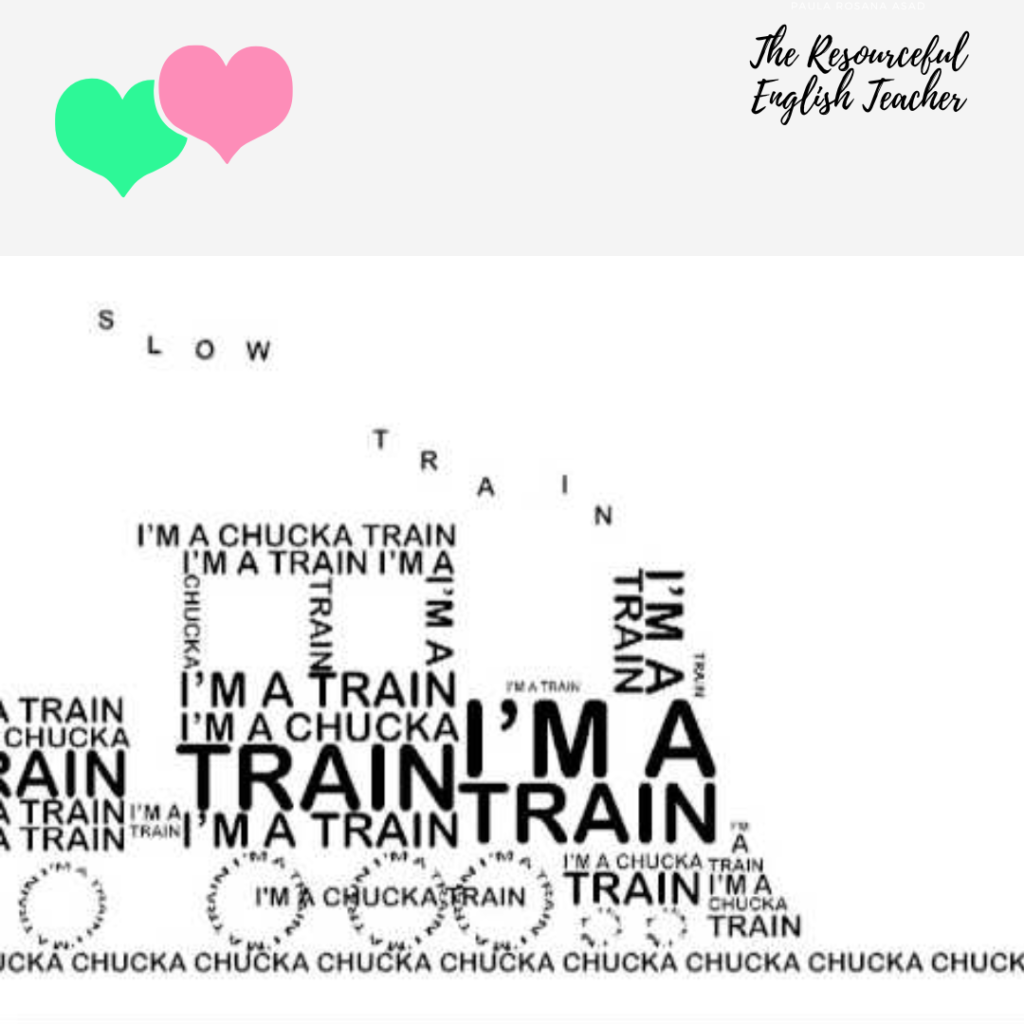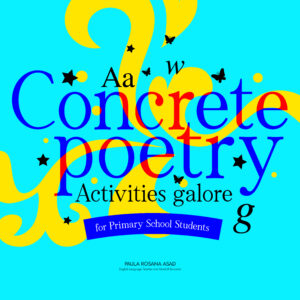Teaching Tips for Poetry Month!
Hey there, ESL teachers! 🌟 Did you know that Poetry Month is just around the corner? It’s like hitting the jackpot of opportunities to really get your students excited about language and self-expression. Seriously, you’re engaging their creative side while also giving them a chance to reflect on some deep stuff through poetry. So buckle up because we’re about to dive into a month filled with wordplay, emotions, and a whole lot of fun! 📝✨
Here are some ideas and activities you can incorporate into your Poetry Month celebrations!!!

Concrete Poetry
Concrete Poems, sometimes called shape poems, are pieces of visual art made with words. They use the words of a poem to create the shape of an object represented by the poem. There are 2 types of these concrete or shape poems, Outline and Drawing. In the outline form, the words of the poem are used to outline or to fill in the shape of that object. In the drawing form, the poet uses the words of the poem to create a scene.


- Animal Shapes: Have students choose their favorite animals and create poems in the shape of those animals. They can use descriptive words and phrases related to the animal’s characteristics to fill the shape.
- Emotion Shapes: Have students choose an emotion, such as happiness, sadness, or excitement, and create poems in shapes that reflect those emotions. They can use words and phrases that convey the feeling they chose.
- Collaborative Shapes: Work on a collaborative shape poem as a class or in small groups. Choose a simple shape, such as a heart or a star, and have each student contribute a word or phrase to the poem. Display the finished poem for everyone to see.
Are you teaching literature? Would you like to engage your learners with CONCRETE POETRY? These NO PREP worksheets are exactly what you need for your students! They are engaging and fun! They are also perfect to walk students through the process of creative writing.
Visit my store for the juicy details! Click Here!!
Poetry Writing Workshops
Conduct poetry writing workshops where students can explore different forms of poetry such as haiku, sonnet, free verse, and acrostic poems. Provide prompts and encourage students to express their thoughts and feelings through their own poetry.
Blackout Poetry
For this activity, take any text, such as a newspaper article, magazine page, book excerpt, or any other printed material, and ask students to black out or erase words to create a new poem. The remaining words that are not blacked out form the poem itself.
Poetry Slam
Organize a poetry slam where students can perform their original poems in front of their peers. This activity can help build confidence, public speaking skills, and appreciation for performance poetry. Benjamin Zephaniah’s poems are also called “dub poetry” which means that can be performed.
Check out these two poems by Benjamin Zephaniah!
The British: This is a thought-provoking and engaging exploration of identity, belonging, and cultural heritage in contemporary Britain.
Talking Turkey: In this poem, Benjamin wants to convey that turkeys should not be eaten as animals have rights and they deserve to live as any other living creature on the planet.
Poetry Collage
Have students create poetry collages using words and phrases cut out from magazines, newspapers, or printed materials. They can arrange the words to create their own poems or collaborative poems as a group.
These activities can help foster a love for poetry, creativity, and self-expression among your students during Poetry Month and beyond. Feel free to adapt and modify them based on the age, interests, and abilities of your students.
Happy Teaching!!!


